Exploring the Use of Augmented Reality in Pharma
The Augmented Reality (AR) industry is growing at a remarkable rate and is influencing and improving various areas of business, education, and personal life. AR has been adopted by a multitude of industries, including education, gaming, retail, and, of course, healthcare. The pharma industry has been quick to adopt this exciting technology and, due to this pervasiveness, the Global AR in Healthcare market size was valued at $609.60 Million in 2018 and is projected to reach $4,237.60 Million by 2026.
At Random42, we create innovative scientific AR in the form of apps and experiences to help promote understanding of the science behind a medical or scientific product. Our AR apps use cutting-edge technology, where your smart device can be used to activate a scientific experience, such as interactive animations, holograms, 3D models, and games.
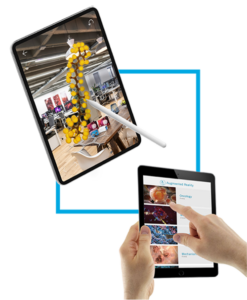
AR has been around for a while but has only recently progressed from a primitive concept to an incredibly advanced tool. As this technology develops, we continue to evolve our technical approach to visualizing digital content within our real-world surroundings. The introduction of different types of AR has really pushed the limits and expanded what can be achieved, whilst making the experience accessible to anyone that owns a smartphone or tablet.
Using AR we bring marketing materials to life, demonstrate pharmaceutical mechanism of action (MoA), and create tools for virtually exploring devices or touring R&D facilities. The use of AR in pharma and biotech is growing by the day and we are excited to see how we will utilize it for our clients in the future.
Below, we explore various ways AR is currently being used to innovate the pharmaceutical and healthcare industry…
AR for pharma sales offers an engaging and novel approach to presenting new drugs, products, and devices to healthcare professionals (HCPs) in the field. AR apps only require a smartphone or tablet, making them an instant, easy, and on the go sales tool. Sales representatives can use AR to allow HCPs to discover and visualize the mode of action of new therapies. The ability to visually see structures and mechanisms allows HCPs to gain a much greater understanding than ever before, seeing how a treatment performs in the body. The digital storytelling aspect of AR provides a seamless transition, allowing the science to be clearly demonstrated and efficiently and accurately communicated.
AR is having a notable effect on pharmaceutical marketing as sales reps often need to compete for a physician’s time and attention. In such a competitive environment, every second counts and the rep needs to create a lasting impact.
AR has become a cornerstone of successful pharmaceutical sales, allowing sales reps to quickly and effectively demonstrate the benefits of a new product.
AR is a powerful tool to innovatively communicate to HCPs novel clinical data and trial outcomes, as well as medical procedures and treatments, in such a way that is memorable and exact. A recent study found that over 50%of physicians would want to use AR to learn about new diseases and treatments. Additionally, AR offers a collaborative and shared experience, which facilitates seamless communications and allows exact topics and components to be pinpointed for discussion and question. This element is extremely beneficial for sales where time is constrained, and effective communication is vital.
It is essential to appreciate that AR is an important tool to facilitate communications between pharma reps, clients, trainers, HCPs, and scientists.
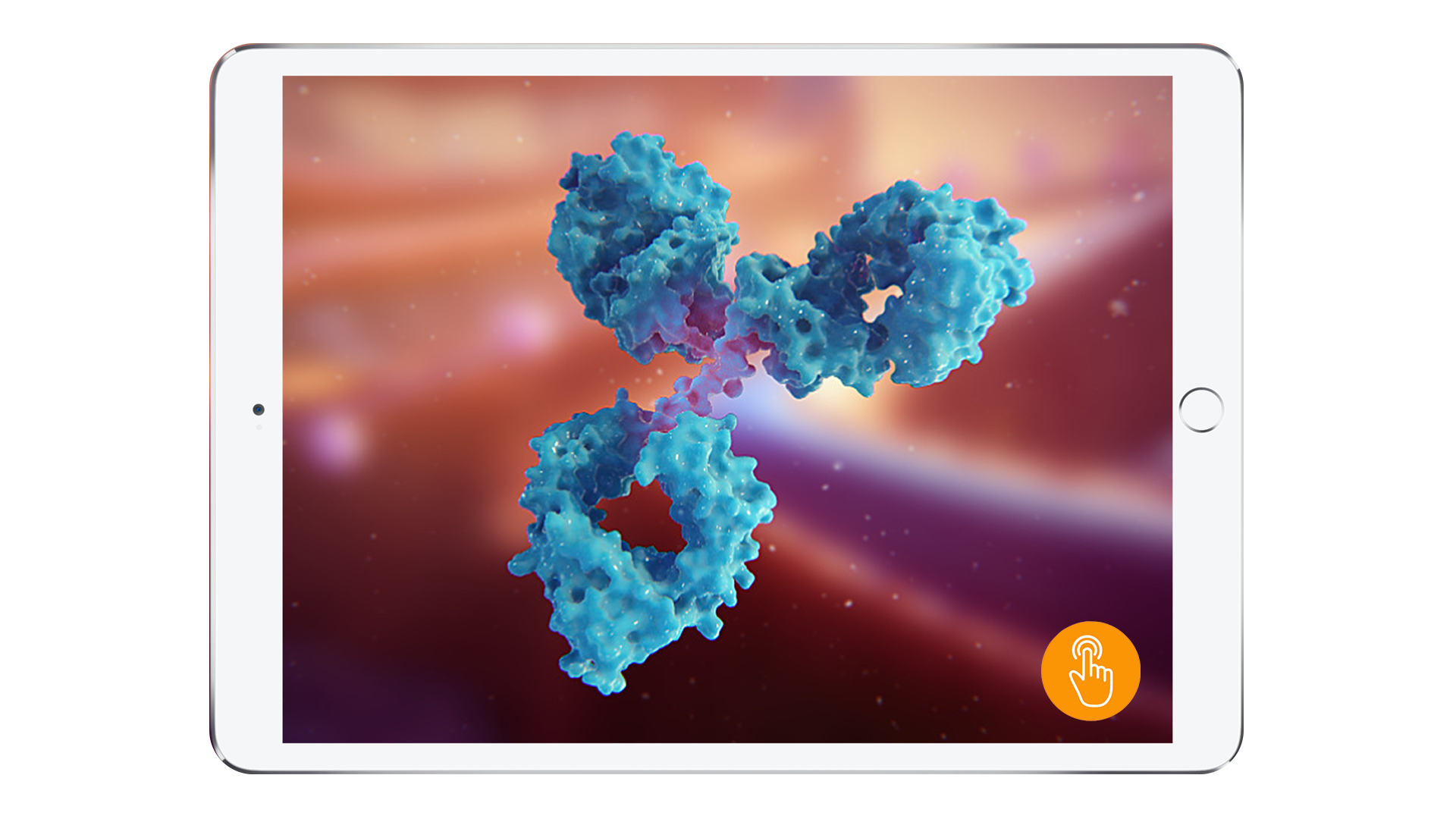
AR IN PHARMA:
Although AR is still a relatively new technology, it has already shown many advantages for use within the pharmaceutical and biotechnology industries:
- Present content concisely and efficiently
- Visually represent structures/mechanisms for greater understanding
- No need for heavy equipment or physical product samples
- Show clients that your business evolves with technology
- Make training more interesting, efficient, and successful
- Set apart your content from that of the competition
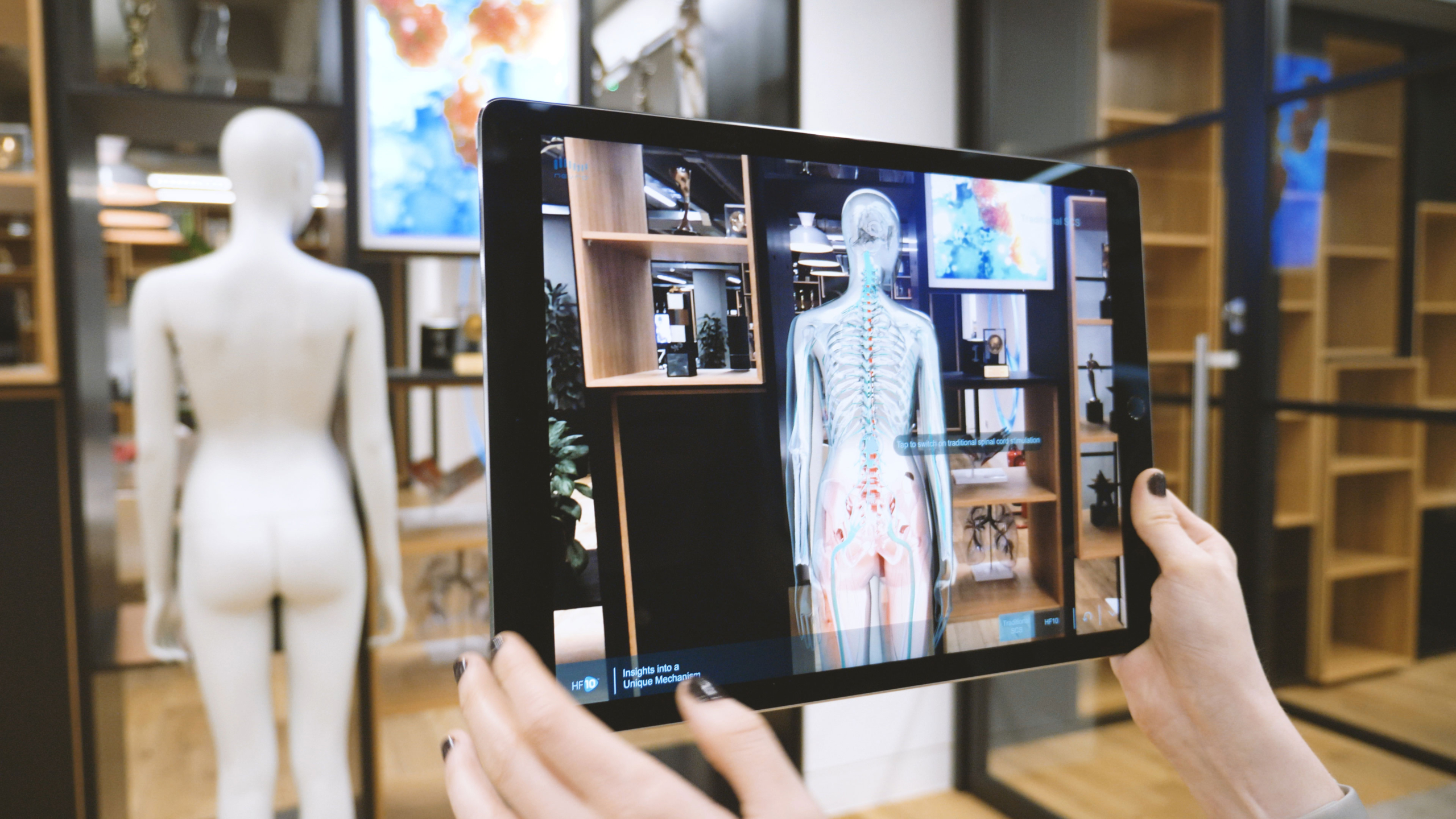
AR also offers the revolutionary advantage of showcasing products and devices without having to carry machinery or models, allowing products, prototypes, and various structures to be seen in real size, or magnified/minimized. This is extremely beneficial for use at conferences and events, where interactive product demonstrations can capture and maintain attention. In contrast, AR also works extremely well remotely. The ability to undergo remote tours of products from the comfort of your own home or office is very attractive to many, especially for those whose clients or colleagues are in different locations and time zones.
Digitalizing communications using AR technology has been fundamental during the COVID-19 pandemic. Lockdown restrictions, social distancing, and the inability to travel have created an even greater demand for AR due to its capacity to platform products without having to be there in person.
As well as product tours, AR is commonly being used for tours of buildings. New buildings, laboratories, and R&D facilities are being explored using AR and companies can exhibit new infrastructure to investors and clients all at the touch of a button.
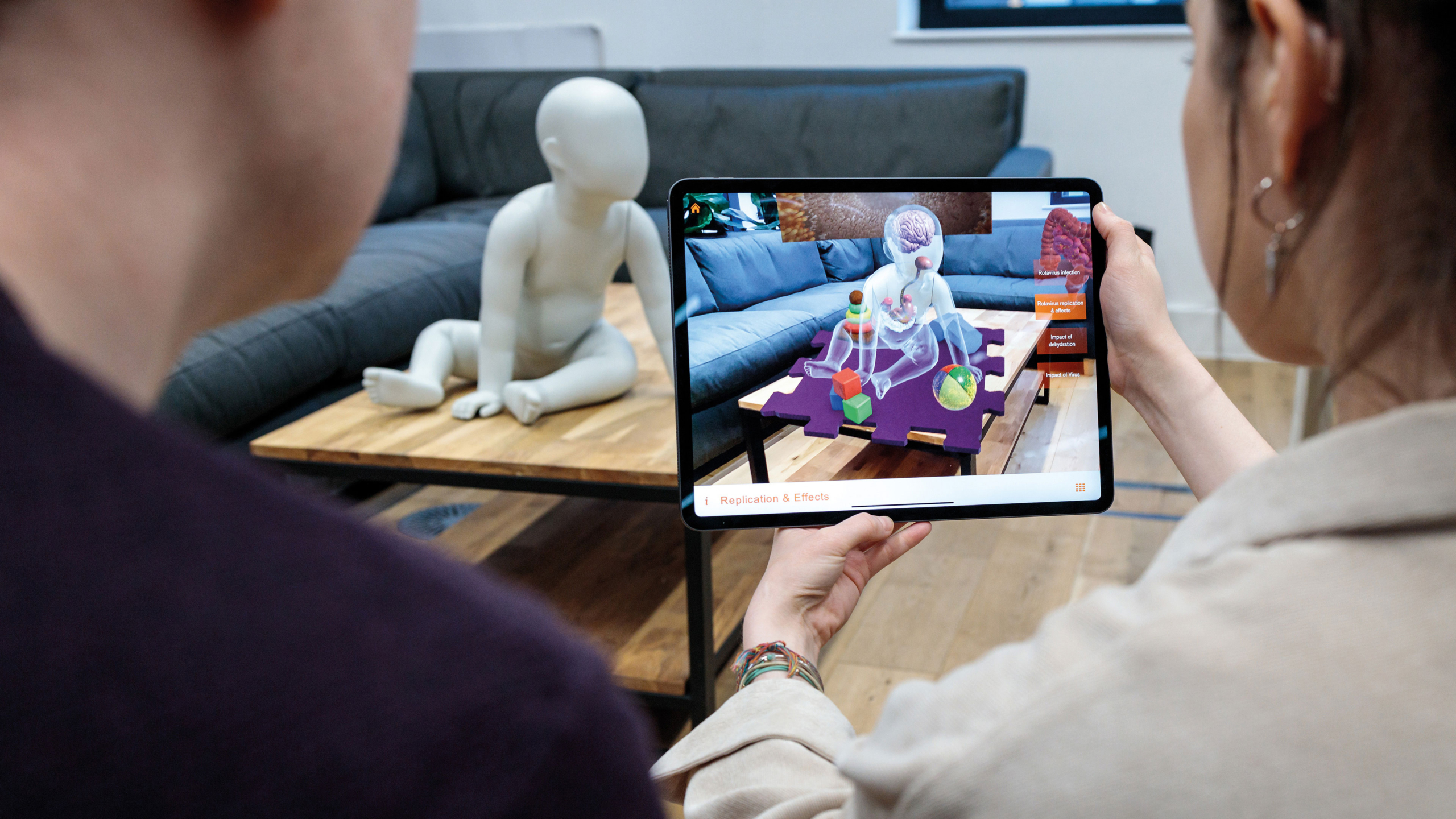
The value of AR in healthcare reaches far beyond pharmaceutical marketing. Patients are becoming ever more curious regarding their medication and treatment options. AR has become a valuable and effective tool for educating patients and helping them to better understand their condition and the mechanism of action of any medications they take. The use of 3D visuals and graphics allows complex scientific systems to be more easily understood. 3D illustrations allow for an immersive and interactive experience, rather than reading a lengthy description on a bottle that many patients may not bother to read. The deeper understanding that comes from being more engaged allows a patient to make a more informed decision on their path of treatment. This awareness helps patients become more at ease with treatments and surgeries, as well as giving them far greater knowledge of their condition.
Furthermore, patients often struggle to accurately explain and describe their symptoms to their doctors. Using AR technology, symptoms can be more easily described and understood. The outcome is a more accurate diagnosis and therefore more precise and faster treatment, resulting in a better outcome for the patient. AR is now also being used to help reduce patient pain and anxiety levels in patients without the need for additional medication.
AR is improving both efficiency and safety concerning machine optimization. The consequences of a mistake when it comes to pharmaceutical manufacturing and engineering could not only be costly, it could also mean the difference between life and death. The stakes are high in this industry, so manufacturers need to be confident that their medical devices are built uniformly and precisely. Using AR decreases human error and allows us to maintain a high level of consistency, for example, overlaying an operating “canvas” onto a given surface, along with using visual and audio prompts, ensures product excellence while cutting down on assembly time.
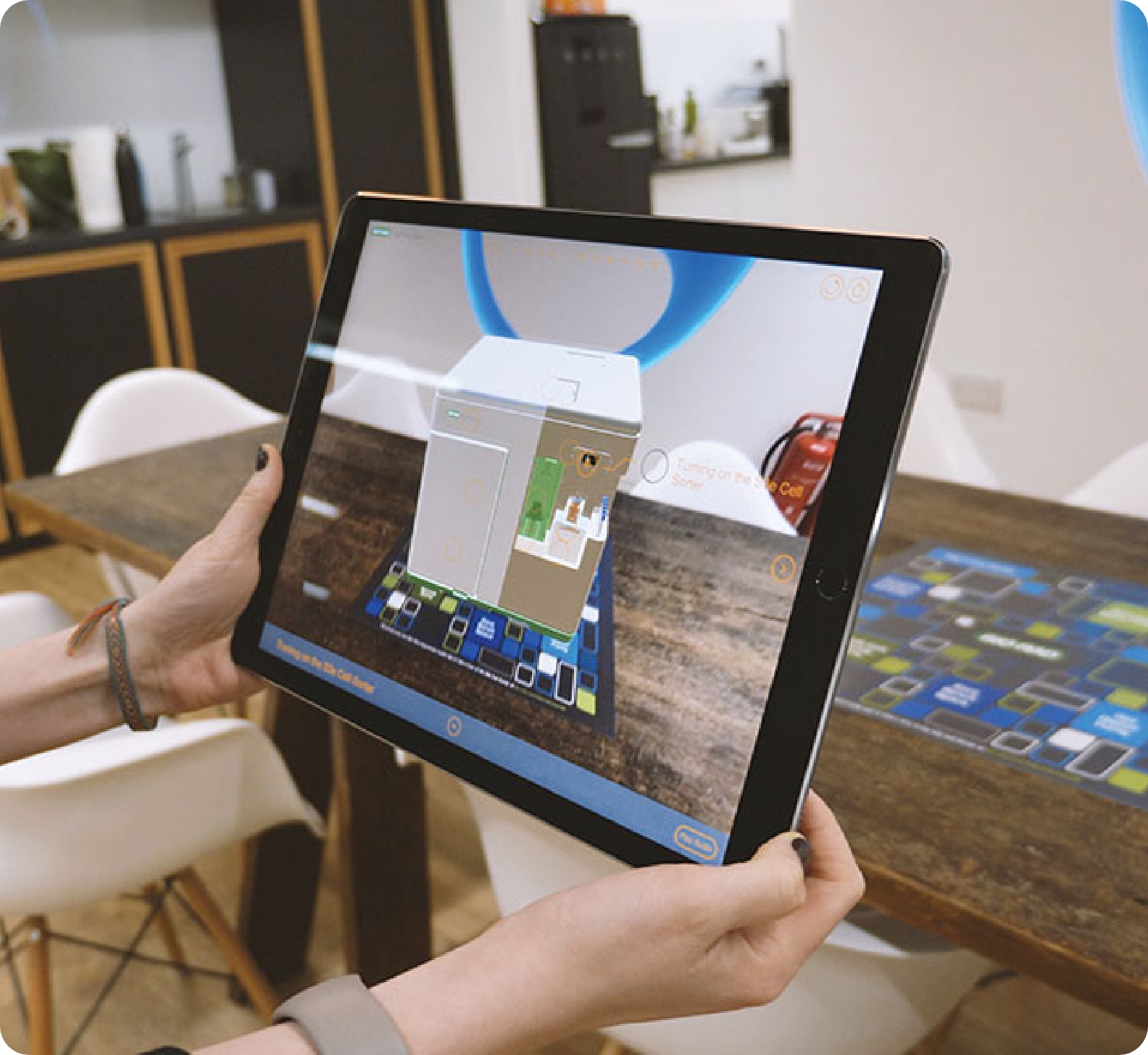
A revolutionary use of AR is its assistance in medical procedures, surgeries, and routine tasks. AR is being used to help surgeons visualize the area on which they are to operate; projecting 3D representations of the patient’s anatomy into the doctor’s field of view, thereby improving both accuracy and patient outcomes. Both doctors and patients are aware of the fact that when it comes to operating, precision is of crucial importance. Whether it is locating a tumor in the lungs or a minimally invasive procedure, AR apps can help save lives and make treatment seamless from start to finish.
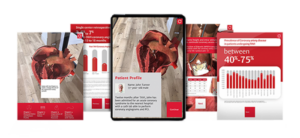
The ability to train without risks is an attractive advantage to the medical world. This is particularly key for medical students who can practice and visualize concepts and techniques during their training, making them more prepared for their industry placements.
The use of AR as an interactive educational resource for students of all ages promotes science and future careers choices. It also allows scientific mechanisms and concepts to be better understood using intriguing, modern technologies. Whatever the topic or focus, AR can help bring the subject to life.
Various pharmaceutical companies fund AR projects for use in colleges and schools. By creating educational assets, companies can increase their brand awareness and encourage science and future career options. Furthermore, medical institutes are ever-increasing their use of AR, and in many instances, AR has been implemented into the academic syllabus to make important hands-on education available to all.

It is clear that no matter what the intended use is, the most valuable aspect of this revolutionary technology is the power it has to communicate complex information through interactive imagery. If used in the right way, it can accelerate an improved learning process, whether it be for HCPs, patients, students, or investors.
In the pharma industry, the possibilities that AR brings to innovatively educating stakeholders are endless. Pharma companies have the hope of boosting sales using AR, as well as guiding patients to make better-informed choices by understanding products, diseases, and potential treatments.
Of course, there are many other uses of AR in the pharmaceutical industry and medical field, and Random42 explores new possibilities every day. If you want to work with an experienced and dedicated team to create a dynamic AR experience, begin by getting in touch.
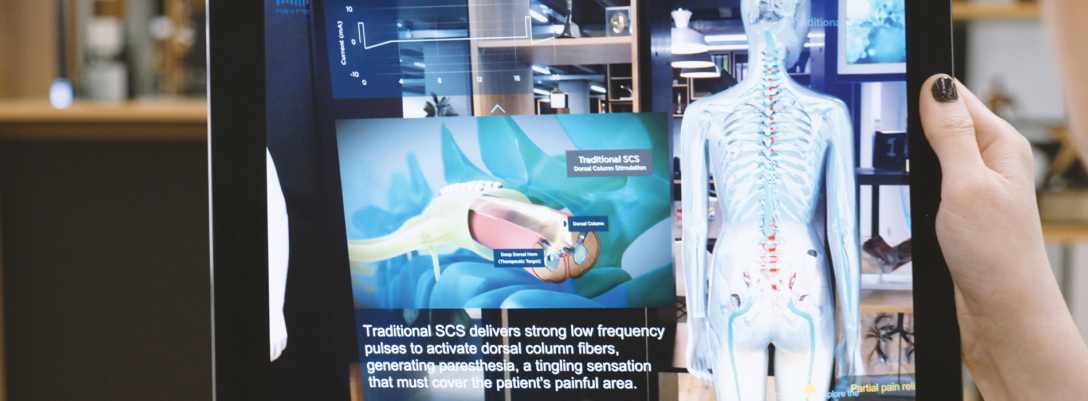
Are you interested in seeing how medical animation can help you?
Related news
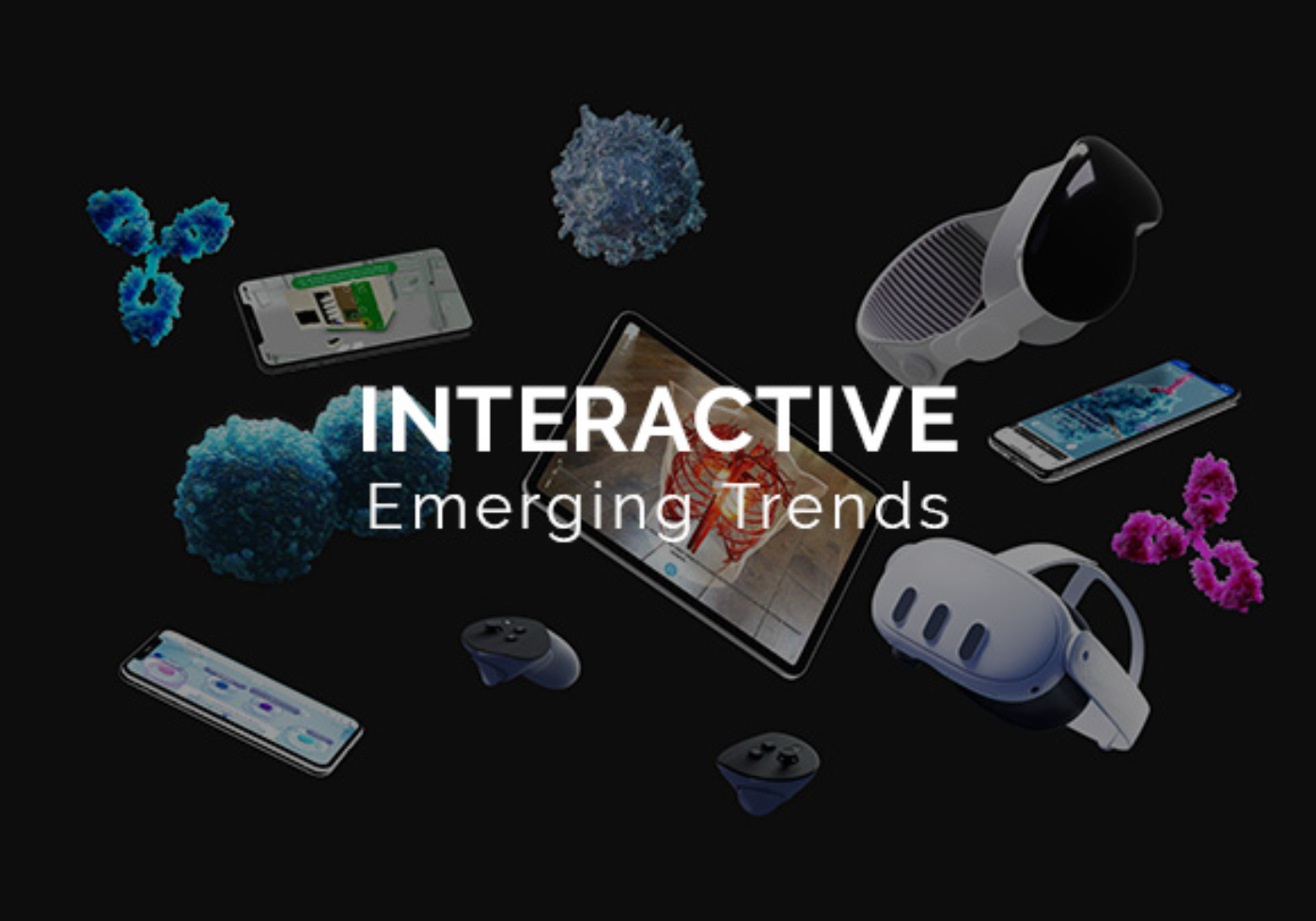
Emerging Interactive Trends
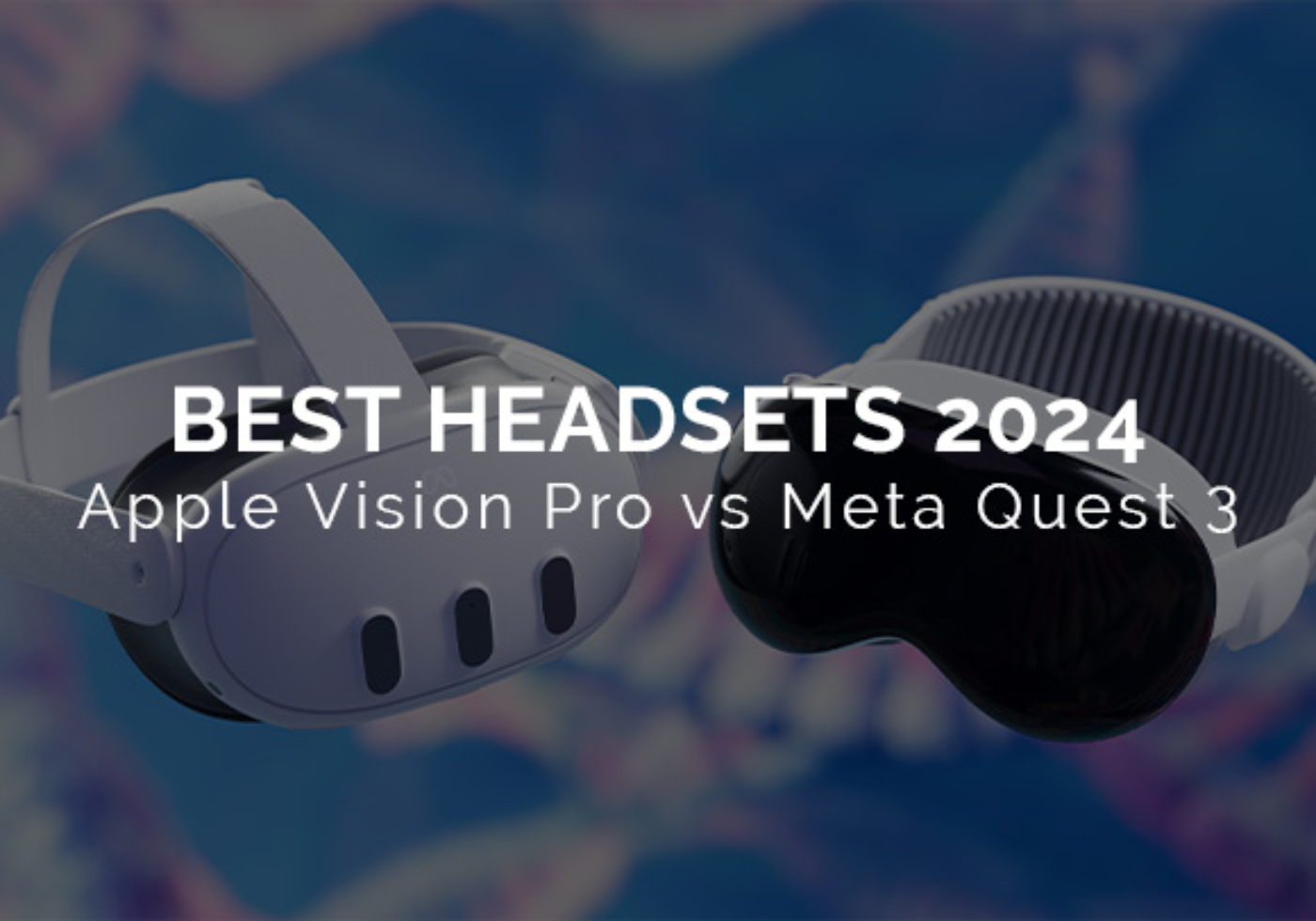
Best Headsets of 2024
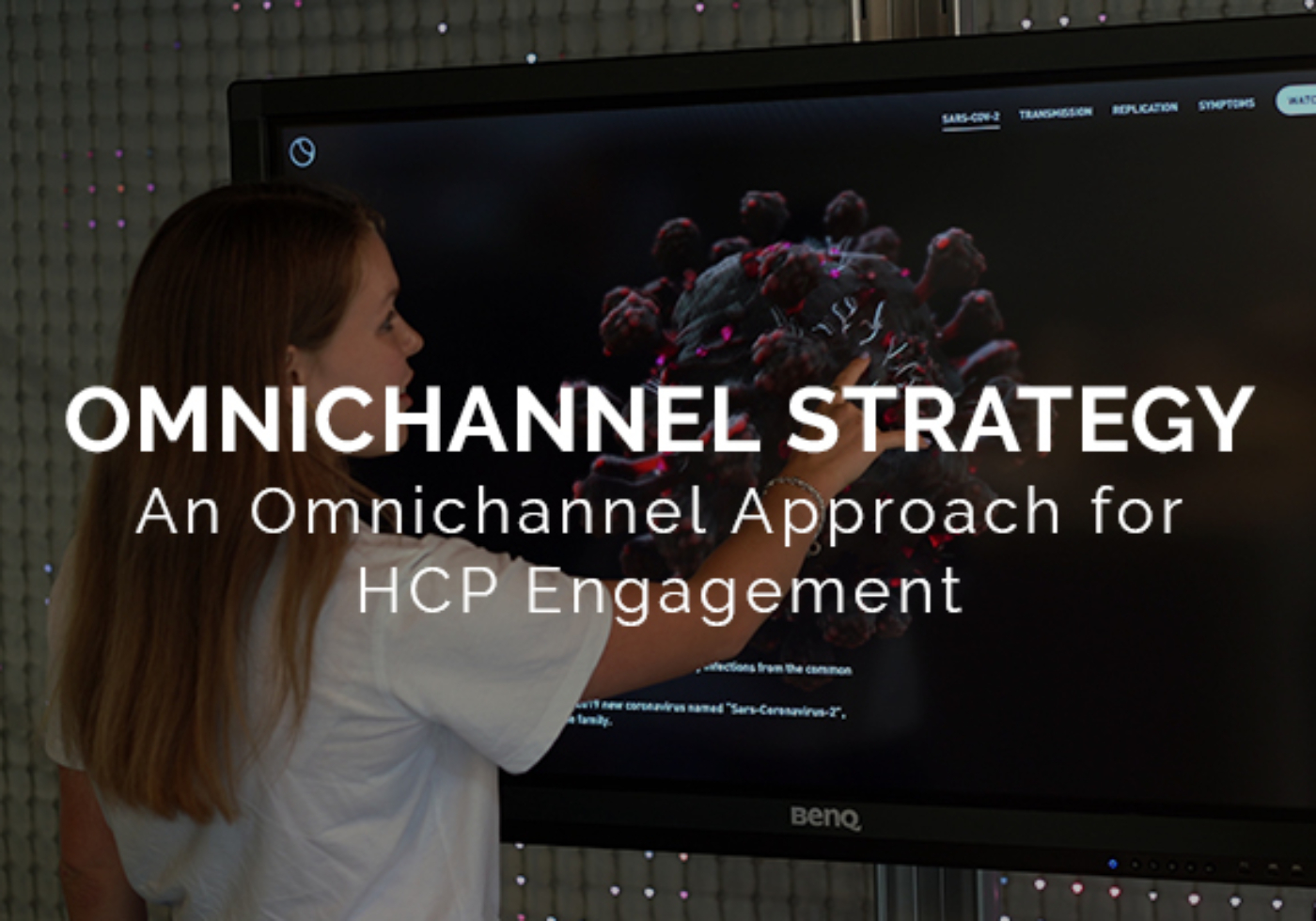
Implementing an Omnichannel Approach to Increase HCP Engagement


